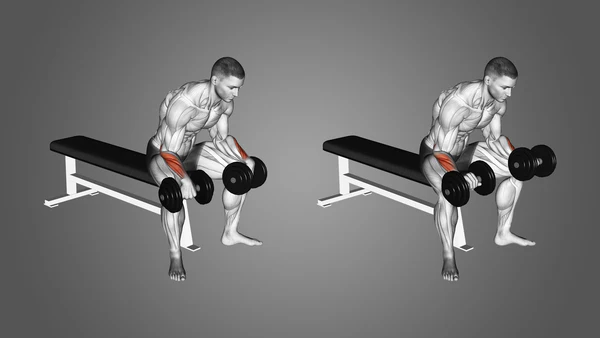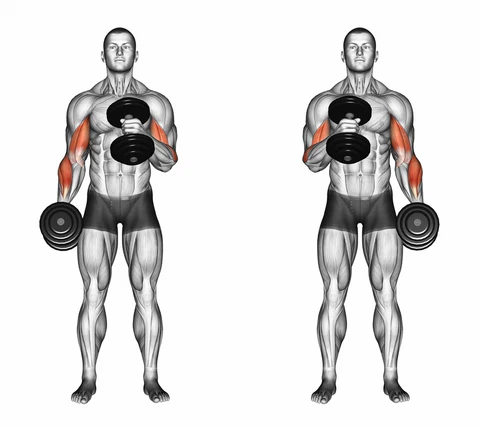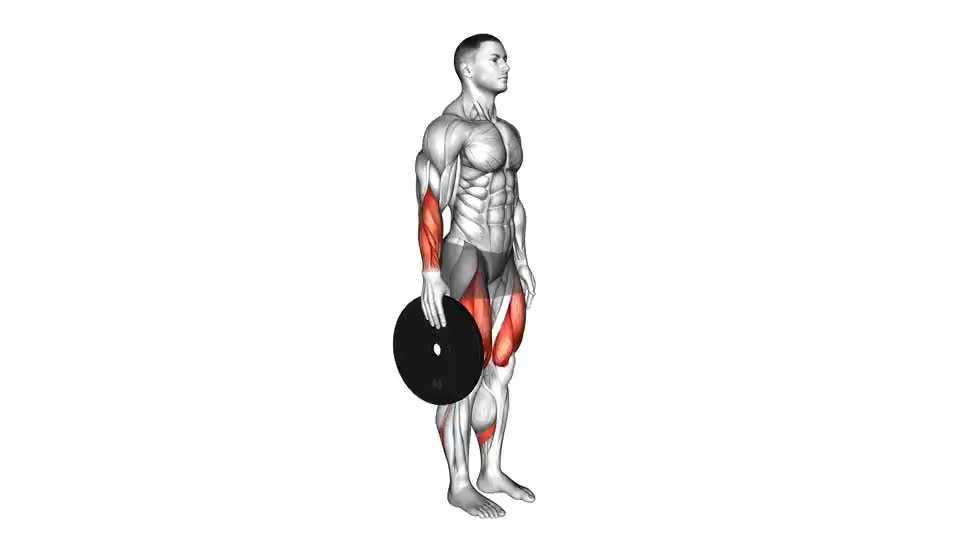How to Pump Up Your Forearms: A Comprehensive Guide
Strong, well-defined forearms are not only aesthetically pleasing but also essential for overall upper body strength and functionality. Whether you're lifting weights, climbing, or even performing daily tasks, strong forearms play a crucial role. Pumping up your forearms involves a combination of targeted exercises, proper technique, and consistency. Here’s a detailed guide on how to achieve impressive forearms.
1. Understanding Forearm Muscles
The forearm comprises several muscles responsible for a range of movements, including flexion, extension, pronation, and supination. The primary muscles include:
- Flexor Muscles: Located on the palm side of the forearm, responsible for flexing the wrist and fingers.
- Extensor Muscles: Located on the back side of the forearm, responsible for extending the wrist and fingers.
- Brachioradialis: A prominent muscle on the thumb side of the forearm, crucial for elbow flexion.
2. Effective Forearm Exercises
To develop strong and defined forearms, incorporate a variety of exercises targeting different muscle groups. Here are some of the best exercises:
a. Wrist Curls
- How to Do: Sit on a bench and hold a barbell with an underhand grip. Rest your forearms on your thighs with your wrists hanging off the edge. Curl your wrists upward and then lower the weight back down slowly.
- Benefits: Targets the flexor muscles of the forearms.

b. Reverse Wrist Curls
- How to Do: Sit on a bench and hold a barbell with an overhand grip. Rest your forearms on your thighs with your wrists hanging off the edge. Curl your wrists upward and then lower the weight back down slowly.
- Benefits: Focuses on the extensor muscles of the forearms.

c. Farmer’s Walk
- How to Do: Hold a heavy dumbbell or kettlebell in each hand and walk a certain distance while maintaining a strong grip. Keep your shoulders back and core engaged.
- Benefits: Engages the entire forearm and improves grip strength.

d. Hammer Curls
- How to Do: Stand with a dumbbell in each hand, arms fully extended and palms facing your torso. Curl the weights while keeping your palms facing each other throughout the movement. Lower the weights back down slowly.
- Benefits: Works the brachioradialis and forearm muscles.

e. Plate Pinches
- How to Do: Hold two weight plates together with your thumb on one side and fingers on the other. Squeeze the plates together and hold for as long as possible.
- Benefits: Enhances grip strength and targets the forearm muscles.

f. Towel Pull-Ups
- How to Do: Loop a towel over a pull-up bar and hold one end in each hand. Perform pull-ups while gripping the towel.
- Benefits: Intensifies the workout for your forearms and grip.

3. Proper Technique and Tips
To maximize effectiveness and prevent injury, focus on proper technique:
- Controlled Movements: Perform exercises with controlled, deliberate movements.
- Full Range of Motion: Ensure you’re fully extending and contracting your forearms with each rep.
- Avoid Cheating: Keep your form strict to ensure you're working the right muscles.
- Mind-Muscle Connection: Concentrate on feeling your forearms work during each exercise.
4. Progressive Overload
To achieve continuous muscle growth, progressively increase the demands on your muscles:
- Increase Weights: Gradually lift heavier weights as your strength improves.
- Increase Reps and Sets: Add more repetitions or sets to your routine.
- Vary Exercises: Change your exercises periodically to target your muscles differently and prevent plateaus.
5. Nutrition for Muscle Growth
Proper nutrition is essential for building muscle:
- Protein Intake: Ensure you’re consuming enough protein to support muscle repair and growth. Aim for 1.2 to 2.2 grams of protein per kilogram of body weight.
- Balanced Diet: Include a mix of carbohydrates, healthy fats, and plenty of fruits and vegetables.
- Stay Hydrated: Drink plenty of water to support overall health and muscle function.
6. Consistency and Recovery
Building impressive forearms requires consistency and adequate recovery:
- Regular Workouts: Aim to train your forearms at least twice a week, allowing for sufficient rest between sessions.
- Rest and Recovery: Give your muscles time to recover by getting enough sleep and taking rest days as needed.
- Stretching and Warm-Up: Always warm up before workouts and stretch afterward to prevent injury and improve flexibility.
Conclusion
Achieving well-defined and powerful forearms takes dedication, proper technique, and a balanced approach to fitness and nutrition. By incorporating effective exercises, maintaining a healthy diet, and staying consistent with your workouts, you can develop the strong, sculpted forearms you desire. Remember, progress takes time, so be patient and stay committed to your fitness journey.

